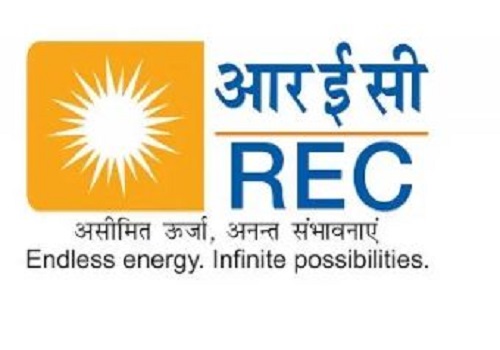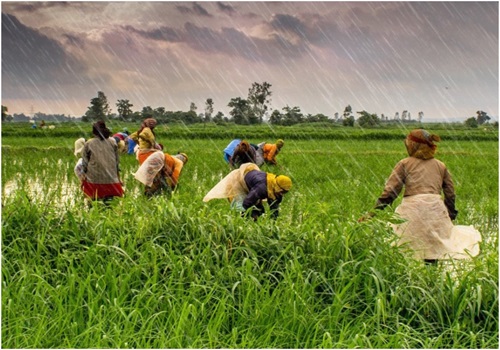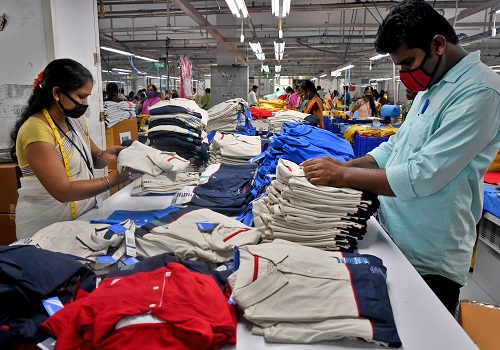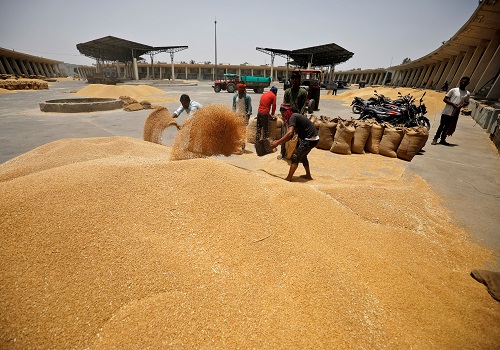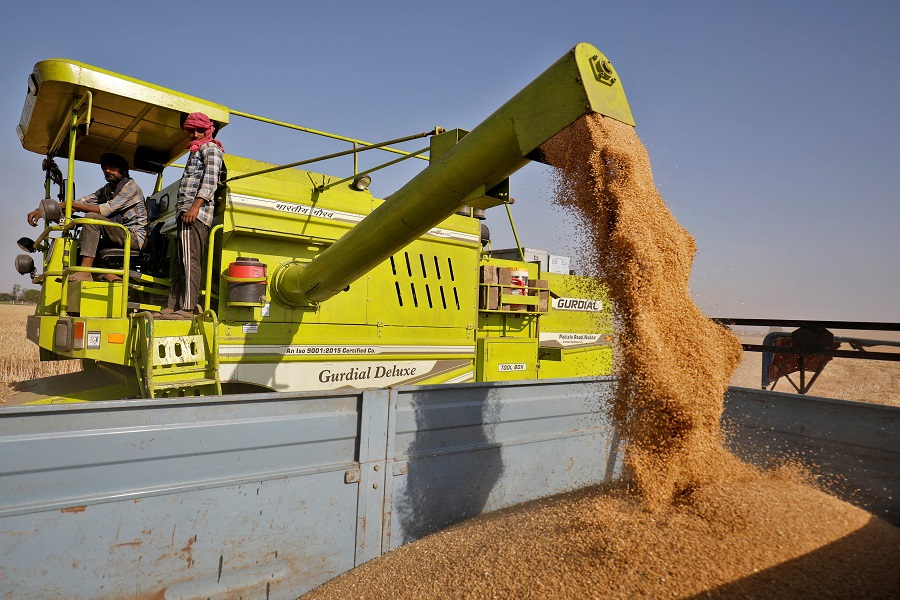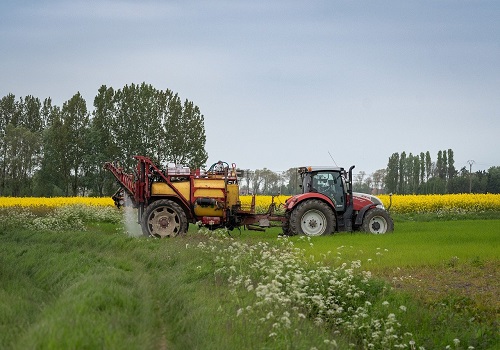India`s Wheat Reserves Face 16-Year Low Amidst Ambitious Agricultural Projections By Amit Gupta Kedia Advisory

Amidst a buoyant outlook for record-breaking wheat production, India's Food Ministry grapples with the lowest buffer stocks in 16 years. Despite optimistic estimates, the procurement gap persists, prompting strategic sales and an early start to procurement. As the government navigates market dynamics and pledges support to farmers with increased MSP, the nation stands at a crucial juncture to secure its wheat reserves.
Highlights
Lowest Buffer Stocks in 16 Years: The official reserves of wheat, known as buffer stocks, are expected to be the lowest in the last 16 years. However, they are still around the mandatory buffer norm as of April 1.
Optimistic Agriculture Ministry Estimates: The Agriculture Ministry is optimistic about achieving a record wheat production of 114 million tonnes in the current year. This positive outlook is based on an expected increase in the total area under wheat cultivation.
Discrepancies in Procurement: Despite optimistic production estimates by the Agriculture Ministry, the Food Corporation of India (FCI) fell short of its procurement targets for wheat. In the 2022-23 crop year, the government procured only 26.2 million tonnes against the target of 44 million tonnes.
Market Dynamics and Offtake: The government has already sold about 6 million tonnes of wheat through the open market and cooperatives. An additional 2.5 million tonnes are expected to be sold by the end of February. This offtake would surpass the procurement of 26.2 million tonnes during the 2023-24 fiscal year.
Buffer Norms Over the Years: The buffer norm of wheat as of April 1 is 7.46 million tonnes. In 2008, the stock with FCI was at 5.8 million tonnes, slightly below the buffer norm. In 2017 and 2023, it was marginally higher at 8.06 million tonnes and 8.35 million tonnes, respectively.
Future Outlook and Procurement Plans: The government expresses hope for increased wheat procurement in the next fiscal year (2024-25), depending on market prices and crop output. The deficit in wheat acreage in some states is expected to be covered in the coming days.
Minimum Support Price (MSP) and Procurement Strategy: The government aims to provide a minimum support price (MSP) to wheat farmers. The earlier initiation of wheat procurement (from March 1) is intended to accommodate early arrivals due to normal sowing. The government expects that the increased MSP will encourage farmers to sell their produce to the FCI.
Conclusion
India's agricultural landscape teeters on a delicate balance as promising projections clash with procurement challenges. The discrepancy between production estimates and actual procurement raises concerns, necessitating strategic offloading of existing stocks. With an eye on the future, the government's commitment to early procurement, market stability, and farmer support through MSP hikes will play pivotal roles in sustaining the nation's food security amid evolving agricultural dynamics. The synergy between optimistic forecasts and proactive measures will determine India's ability to bolster wheat reserves and navigate the complexities of its agricultural tapestry.
Above views are of the author and not of the website kindly read disclaimer
